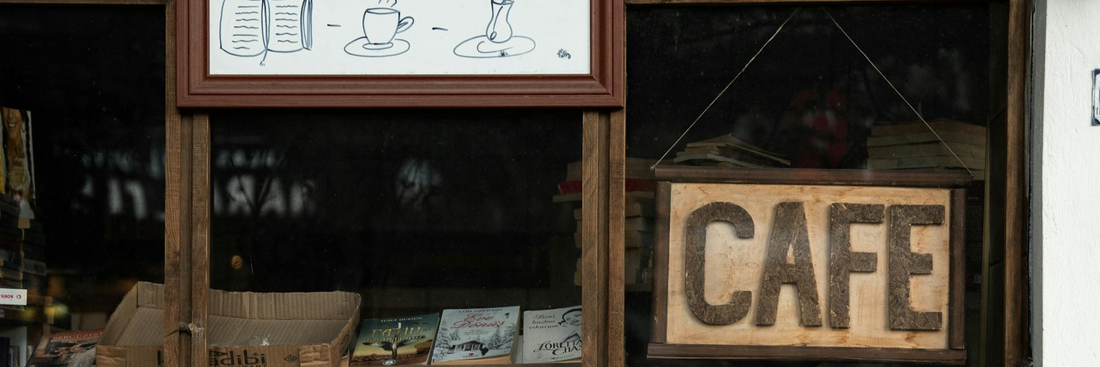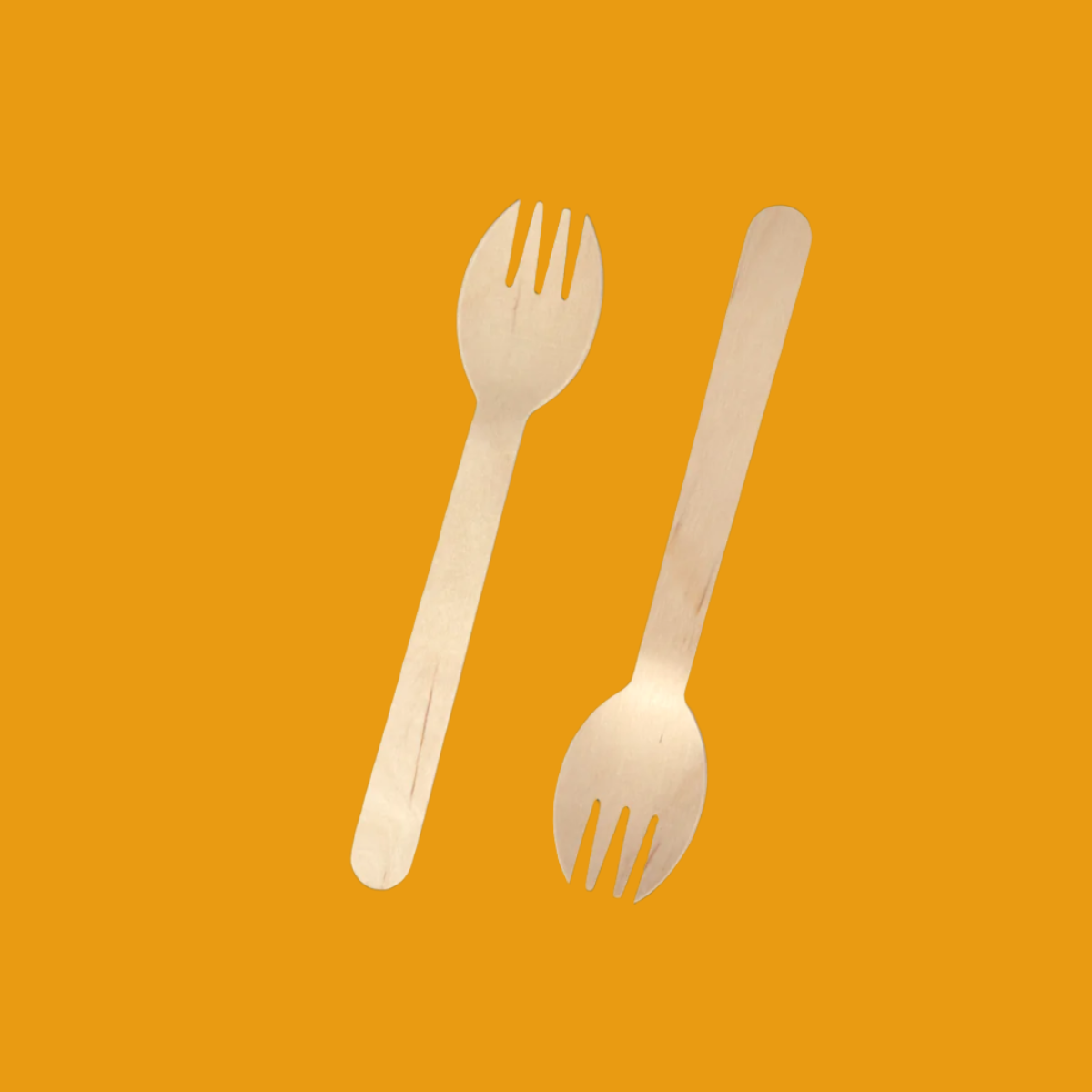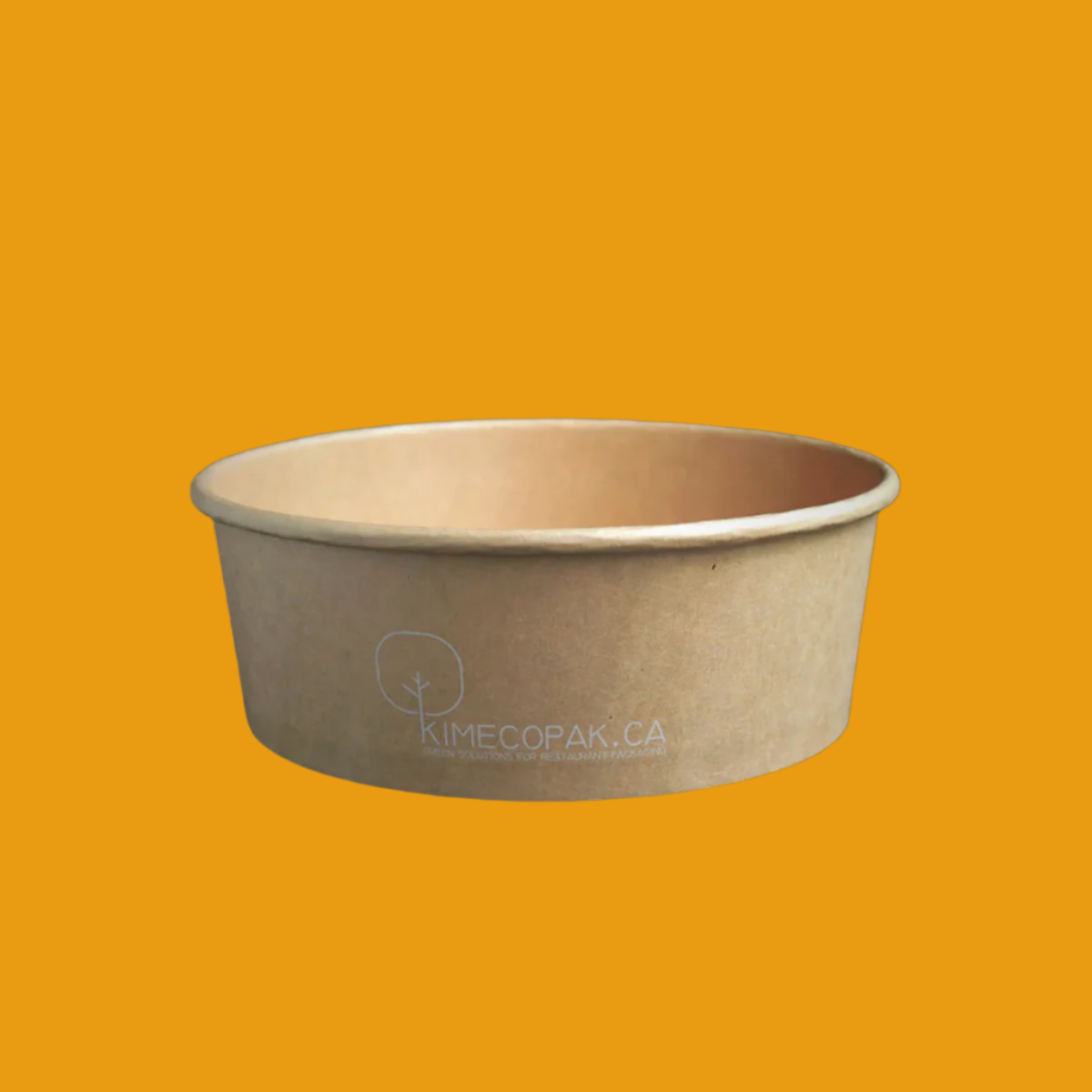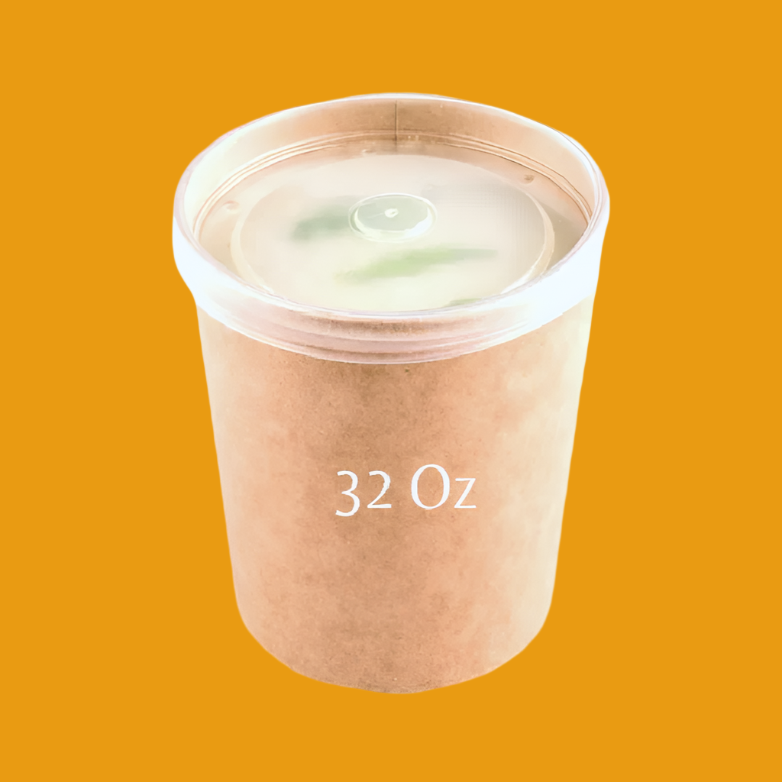When planning a new venture in the food and beverage industry, understanding the difference between a coffee shop vs café is essential. While both serve coffee, they cater to different customer needs and business models, coffee shops focus on speed and simplicity, while cafés offer full meals and a sit-down experience. Choosing the right concept can impact everything from startup costs to daily operations and long-term success.
-
Why Is Hybrid Model Coffee Shops So Trending?
- How to Improve Take Out Coffee Service?
- How to Start Coffee Shop Business from Scratch
Understanding the Basics: Is a Café and Coffee Shop the?

What Is a Coffee Shop?
A coffee shop primarily focuses on coffee-centric beverages, serving a variety of drinks made from espresso, brewed coffee, and specialty preparations like lattes and cappuccinos. These shops often have minimal food offerings, typically limited to pastries and light snacks such as muffins or cookies, which are easily manageable for quick consumption.
The ambiance in a coffee shop tends to cater to casual visits. Customers often come in for a quick caffeine fix, making it an excellent choice for those on the go. The layout is designed for efficiency, with a counter for ordering drinks and often little seating, as the goal may be to encourage quick transactions and takeaways rather than prolonged stays.
What Is a Café?
On the other hand, a café offers an extensive food menu that includes not only beverages but also full meals, desserts, and often breakfast items. The emphasis here is on the dining experience, which typically includes table service. Cafés create an environment suitable for longer stays, inviting customers to relax and enjoy their meals in a more social atmosphere.
This makes cafés ideal for gatherings, whether they be casual meetups with friends or business lunches. The layout usually accommodates larger tables, comfortable seating, and a more inviting decor, encouraging patrons to linger and enjoy their meals.
Café vs Coffee Shop: Core Differences That Affect Business Planning

When planning a business in the coffee industry, understanding the core differences between cafés and coffee shops can significantly influence operations.
- Menu Complexity and Food Offerings: Coffee shops keep their menus simple, focusing on beverage sales with minimal food items. In contrast, cafés require a broader menu with the capacity to prepare and serve meals, which demands more kitchen space and resources.
- Level of Service (Self-serve vs. Table Service): Coffee shops generally operate on a self-service model, where customers place their orders at the counter and either take their orders to go or find a spot to enjoy quickly. Cafés, however, often provide table service, requiring more staff and a different management strategy.
- Average Customer Stay Time and Turnover: Coffee shops typically see higher customer turnover due to the quick service model. Patrons often spend a short time before leaving or grabbing a drink to go. Cafés, with their inviting setups and extensive menus, encourage longer stays, which can mean fewer customers per hour but potentially higher sales per table during that time.
- Ideal Use Cases: Grab-and-go vs. Dine-in Experience: Coffee shops are perfect for individuals on busy schedules needing a quick pick-me-up, whereas cafés attract customers looking for a leisurely dining experience.
Ambiance and Customer Experience

The ambiance in coffee shops is generally cozy and informal, making them perfect for brief meetings or solo work sessions. The focus is often on creating a space where customers can enjoy their coffee while quickly checking emails or catching up with a friend for a short chat.
In contrast, cafés foster a more relaxed and social environment. They are designed for group gatherings and leisurely meals, offering customers a place to unwind. This inviting atmosphere encourages conversations and long stays, making it an appealing option for families, friends, or coworkers looking to enjoy quality time together over food and drinks.
Business Model Considerations

Startup Costs and Investment
Starting a coffee shop generally requires lower initial investment compared to a café. Coffee shops primarily need equipment for brewing coffee and maintaining a small selection of snacks, which means less need for extensive kitchen equipment.
Conversely, cafés face higher startup costs due to the necessity for a full kitchen setup, including stoves, ovens, and additional furnishings to accommodate a dining setup. Staffing needs also increase with the complexity of the menu and service style.
Profitability Factors
In the coffee shop model, high-margin beverage sales can drive profitability, making it feasible to maintain operations with limited food offerings. The beverage-centric approach allows for a streamlined inventory and efficient preparation.
However, cafés can achieve higher average bills due to extensive food offerings, appealing to customers who are likely to spend more per visit. That said, they also face higher operational expenses, which require strategic management to ensure profitability over time.
Target Audience and Market Positioning

When considering whether to open a coffee shop or a café, it’s essential to understand who you are targeting.
Coffee shops attract quick-stop coffee lovers
Coffee shops typically cater to customers seeking a quick caffeine fix. These establishments focus on delivering quality coffee as efficiently as possible. They thrive in high-traffic areas, such as business districts, near universities, or along busy streets. Their target audience often includes:
- Commuters grabbing a morning coffee before heading to work
- Students studying and needing a quick burst of energy
- Professionals looking for a brief pause in their hectic day
Cafés appeal to sit-down dinners looking for a full menu
On the other hand, cafés attract diners looking for a complete meal experience. These establishments often feature a broader menu that includes breakfast, lunch, and sometimes dinner options. Cafés typically offer:
- A more relaxed atmosphere for social interactions or work
- A mix of food and drink options appealing to various dietary preferences
Matching your concept with your local market is crucial. Before launching, conduct thorough market research to determine the preferences of your community. This understanding will guide your decision on which type of establishment will be more successful in your location.
Pros and Cons Summary

Coffee Shop
Pros:
- Lower investment: Opening a coffee shop tends to require less upfront capital compared to a café. The simplified menu usually means fewer staff and equipment costs.
- Fast service: With a focus on beverages, coffee shops can serve customers quickly, catering to those in a hurry.
- High margins on drinks: Coffee typically has a decent profit margin, especially with specialty drinks that can be sold at a premium.
Cons:
- Limited upselling and food revenue: While high margins on drinks are appealing, coffee shops often miss out on food sales, which can provide substantial additional income.
Café
Pros:
- Broader appeal: A café can attract a wider audience, from families enjoying a meal to individuals looking for a cozy workspace.
- Multiple revenue streams: By offering food and drinks, cafés can benefit from various income sources, increasing overall sales.
Cons:
- More staff: A café usually requires more staff to handle food preparation, service, and cleanliness, leading to higher overall labor costs.
- Higher setup and running costs: The need for a full kitchen and more extensive equipment drives up initial investments and ongoing operating expenses.
Making the Right Choice for Your Business

To choose the most fitting model for your business, consider several key factors:
- Align your vision, budget, and customer needs: Reflect on what type of establishment aligns best with your personal vision and financial capabilities. If you enjoy crafting specialty coffee, perhaps a coffee shop is the way to go. Conversely, if you want to create a social hub with diverse offerings, a café may suit you better.
- Look at competitors and trends in your target location: Analyze local competitors to determine gaps in the market. Are there many coffee shops but few cafés? Or vice versa? Understanding your competition can help you carve out a niche for your business.
- Consider hybrid models if needed: Some entrepreneurs successfully combine aspects of both coffee shops and cafés. Offering coffee alongside light meals or pastries could attract a broader range of customers while still maintaining a focus on quick service.
Conclusion
When weighing the options between a coffee shop and a café, it's essential to consider your target audience, the pros and cons of each model, and the specific needs of your market. Take the time to plan thoroughly before launching your business. Careful consideration will help you align your goals with what customers truly want, setting you up for success in the vibrant world of coffee and dining.









